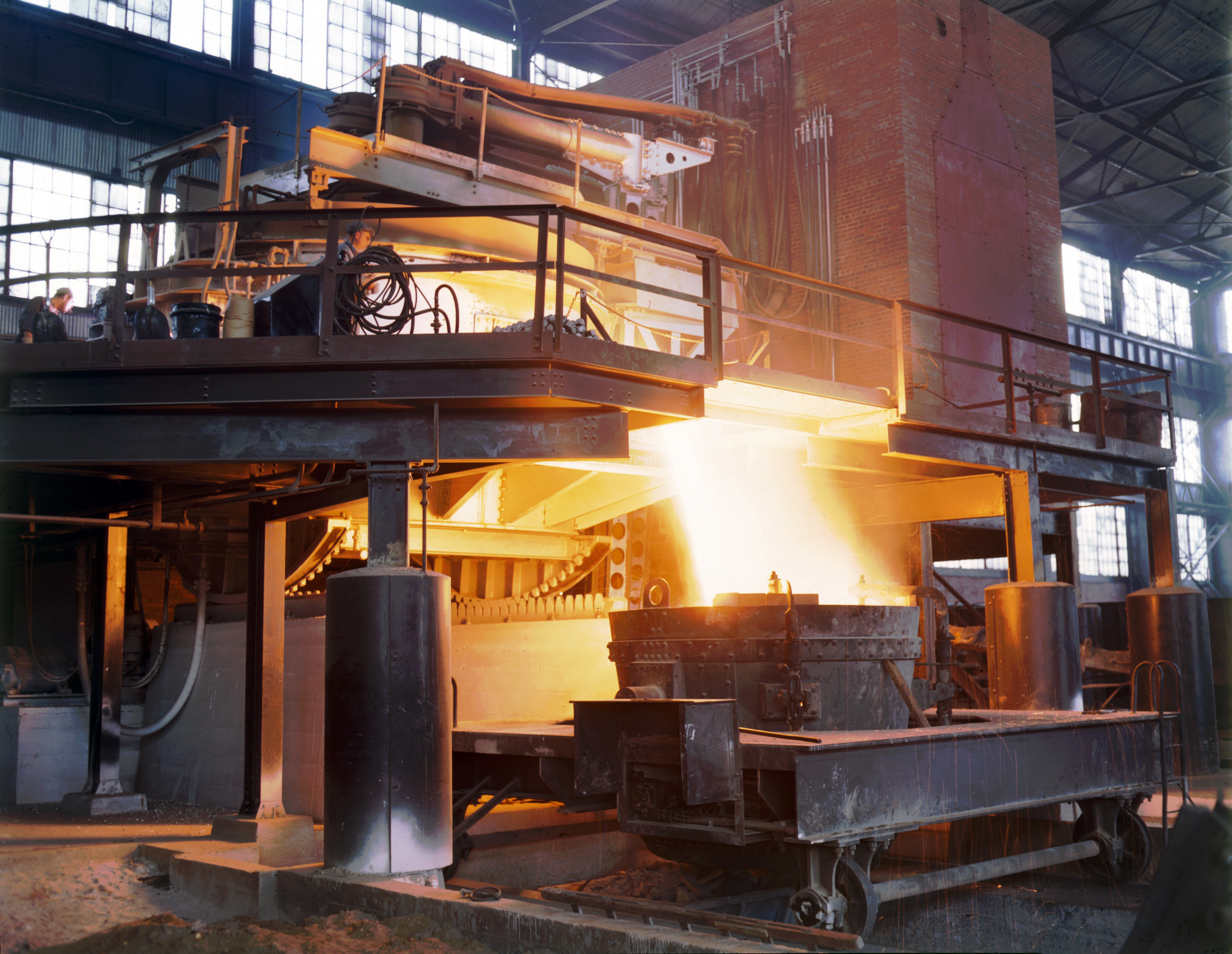Carbon electrode paste preparation
Carbon electrode paste is a crucial component used in various industrial applications, including steelmaking, aluminum production, and other metallurgical processes. It’s primarily composed of carbonaceous materials, such as petroleum coke or pitch, mixed with binders and additives. Here’s a general overview of the preparation process for carbon electrode paste:

Selection of Raw Materials:
Petroleum Coke: High-quality petroleum coke, typically calcined to remove impurities and increase carbon content, serves as the primary carbonaceous material.
Pitch: Binder material derived from coal tar or petroleum pitch is added to provide cohesiveness and plasticity to the paste.
Blending:
The petroleum coke and pitch are carefully blended in specific proportions to achieve the desired properties of the electrode paste. The blending process ensures uniform distribution of carbon and binder materials throughout the paste.
Addition of Additives:
Various additives may be incorporated into the blend to enhance the performance and characteristics of the electrode paste. These additives can include coal tar, anthracene oil, and other carbonaceous materials to modify rheological properties, increase conductivity, or improve adhesion.
Mixing and Homogenization:
The blended mixture undergoes mixing in a kneader or mixer to ensure thorough dispersion of all components. This process promotes homogeneity and uniformity in the paste, preventing segregation of materials and ensuring consistent quality.
Heating and Softening:
The homogenized paste is heated to soften the pitch binder, making it more malleable and facilitating further processing. Controlled heating ensures that the paste reaches the desired consistency for extrusion or shaping.
Extrusion or Forming:
The softened paste is extruded through a die or molded into the desired electrode shape, such as cylinders or rods. Extrusion allows for precise shaping and sizing of the electrodes, which are then cooled and solidified to maintain their form.
By following these steps, manufacturers can produce high-quality carbon electrode paste suitable for various industrial applications, contributing to the efficiency and effectiveness of metallurgical processes.





